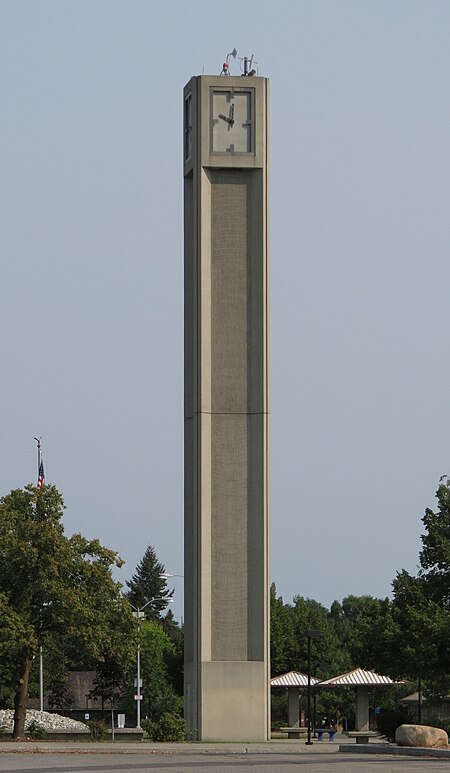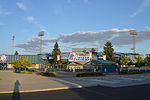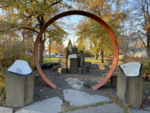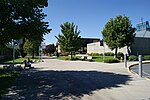Spokane Community College
1963 establishments in Washington (state)Community colleges in Washington (state)Educational institutions established in 1963Universities and colleges accredited by the Northwest Commission on Colleges and UniversitiesUniversities and colleges in Spokane, Washington

Spokane Community College is a public community college in Spokane, Washington. It is part of the Community Colleges of Spokane and was established in 1963.
Excerpt from the Wikipedia article Spokane Community College (License: CC BY-SA 3.0, Authors, Images).Spokane Community College
Spokane River Centennial Trail, Spokane
Geographical coordinates (GPS) Address External links Nearby Places Show on map
Geographical coordinates (GPS)
| Latitude | Longitude |
|---|---|
| N 47.674722222222 ° | E -117.35861111111 ° |
Address
Spokane Community College
Spokane River Centennial Trail
99211 Spokane
Washington, United States
Open on Google Maps









